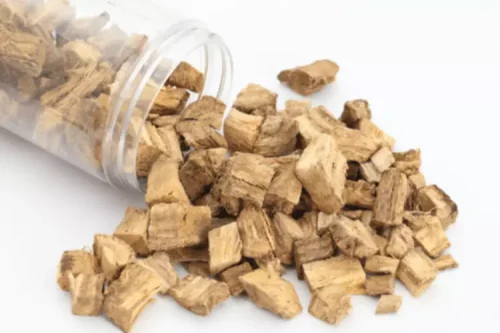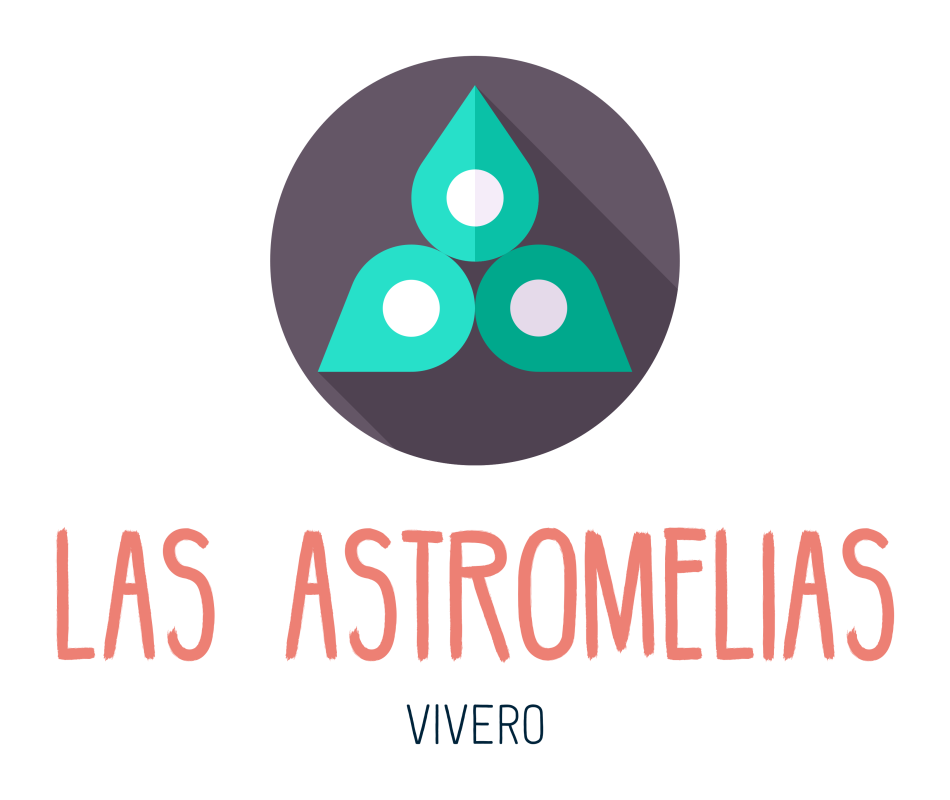Sober living
Focus: Addiction: Relapse Prevention and the Five Rules of Recovery PMC

CBT effectively reduces the risk of relapse and is an integral component of the recovery process. They can help identify and treat any underlying issues that could increase your risk of relapse. They also provide counseling services to teach healthier coping strategies for stress and negative emotions. It involves taking the time to tend to your mental and physical health, such as getting enough sleep, eating healthy food, and exercising regularly.
- Think about what’s driving you to quit, such as rebuilding damaged relationships, keeping a job, or getting healthy again.
- Relapse prevention planning aims to recognize and address these signals before they escalate to the physical stage.
- If one has already relapsed in the past, it is essential to write down the list of triggers that led to recidivism.
- According to NIDH, 85 percent of individuals relapse within a year of treatment which is why it’s so important to create a plan to stop relapse from occurring.
- Recognizing early warning signs isn’t always easy but having some rare information about it could help you give it a try.
Patient Care Network
12-step programs, such as Alcoholics Anonymous (AA), Cocaine Anonymous (CA), and Narcotics Anonymous (NA), provide additional guidance and support for people in recovery. It’s essential to stick with your aftercare program and follow-up appointments. It’s also important to know when to ask for help again if you need it.
Preparing for Relapse Prevention Planning

When people don’t understand relapse prevention, they think it involves saying no just before they are about to use. But that is the final and most difficult stage to stop, which is why people relapse. Creating a support network with strong relationships is a foundational aspect of long-lasting recovery. Social support in recovery can reduce stress, increase self-efficacy, and motivate sobriety or remission7. Your relapse prevention plan can detail how you will connect with loved ones who supported you through the treatment process.

Helping Patients: Ten Clinical Relapse Prevention Strategies
You can begin each day with a consistent morning routine that includes healthy, pro-recovery activities such as meditation, reading, exercising, or journaling. This sets a proactive, positive tone for the day and reinforces your commitment to recovery. In addition to establishing a relapse prevention plan, individuals with a substance use disorder should have a treatment plan in place.
Mindfulness-Based Techniques for Addiction and Recovery
- Incorporating these coping mechanisms into your daily routine can build resilience and reduce the likelihood of relapse.
- These positive experiences are crucial for breaking the cycle of addiction and helping you stick with your relapse prevention plan.
- Contact Wellness Retreat Recovery today to learn more about our programs and how we can help you achieve your recovery goals.
- It can also be assuring to know that most people have the same problems and need to make similar changes.
It’s a complex process that can begin long before a person actually picks up their substance of choice again. Relapse in addiction is often misunderstood, but it’s crucial to grasp its nuances to effectively prevent it. Events, specific people (such as friends who are also using), and certain places can put you at a higher risk of relapsing. Relapse prevention is one of the main goals of drug or alcohol treatment programs. When you become addicted to a substance, your brain functions change, making it challenging to overcome your condition. Relapse prevention is an umbrella term that refers to strategies that help reduce the likelihood of relapsing.
Reducing Relapse Risk
Important milestones such as recovery anniversaries are often seen as reasons to use. Alternatively, once a milestone is reached, individuals feel they have recovered enough that they can determine when and how to use safely. It is remarkable how many people have relapsed this way 5, 10, or 15 years after recovery. There is one benefit of self-help groups that deserves special attention.
Cognitive Therapy and Relapse Prevention
Patients should be able to identify red flags in their behavior and emotional and mental states. If red flags can be spotted early on, the patient can roll out mitigating measures to stop progression to recidivism as soon as possible. However, although recidivism is part of recovery, the NIDA cautions that it can be extremely dangerous, sometimes even deadly with some drugs. For the NIDA, relapse means the same way as when it occurs in other chronic medical illnesses.

These skills also promote emotional stability and reduce your risk of relapse. Embrace each step, knowing that every effort you make contributes to your lasting sobriety. Use the worksheets and templates provided to create a solid foundation for your https://ecosoberhouse.com/. Reach out to your support network and professional resources whenever needed.If you or a loved one is struggling with addiction, the Boca Recovery Center is here to help. Our team of experienced professionals is dedicated to providing comprehensive care tailored to your unique needs.
- Social pressure involves peer pressure and can involve situations like parties where alcohol or drugs are prevalent.
- It is important to be aware of any red flags that may suggest a relapse is forthcoming in order to take counteractive measures to avoid it.
- Seeking help for addiction may feel daunting or even scary, but several organizations can provide support.
- It can be hard to distance yourself from others but know that there are people who will support your recovery efforts.
- If we cannot find the benefit or reward, it’s time to look at a new response or routine.
Reflect on Your Recovery Goals

It’s essential to identify these common causes to develop a relapse prevention plan that addresses each one properly. It would also help to consider additional factors like nutrition and exercise habits as they play an essential role in recovery. We publish material that is researched, cited, edited and reviewed by licensed medical professionals.
